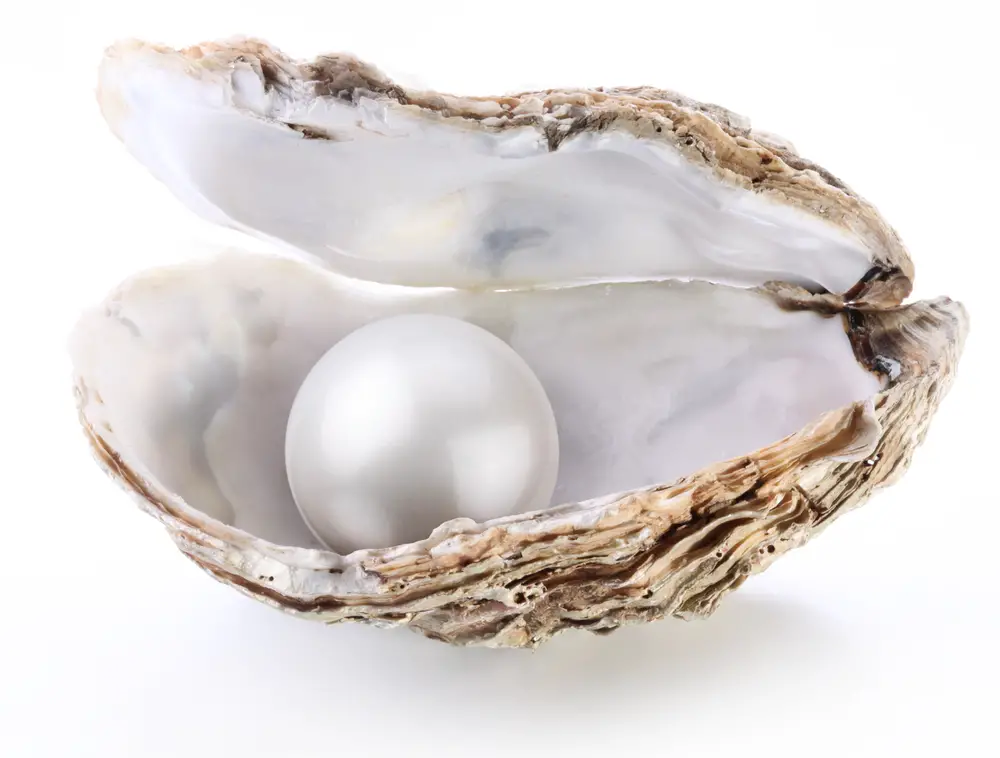
There have been many gold and gem rushes that have hit various parts of the United States throughout history, but did you know there was another rush on gems that took place in a spot you wouldn’t first expect.
The gems in question are pearls, and things got started when a shoemaker in New Jersey pulled a 93-grain pearl (one pearl grain is the equivalent to 0.25 carats) from a mussel in a freshwater brook in 1857. He sold what was dubbed the “Crown Pearl” to Tiffany & Co. for $1,500 (about $47,127 in today’s dollars). This set off a pearl rush that spread from the eastern coast into the central United States.
Pearls began to be found in Vermont, Ohio, Kentucky, Tennessee, and Texas, as people started to give up their jobs to hunt for pearls in freshwater streams and rivers. But another big pearl rush hadn’t yet begun.
Pearls had been discovered in Arkansas in the early 1880s, and in 1888, a 27-grain pink pearl was found in the White River. But one discovery really put Arkansas on the pearl hunting map. In 1897, Dr. J.H. Myers discovered a 14-grain pink pearl in the Black River near Black Rock, Arkansas. The news of this find set off the Arkansas Pearl rush and started the Arkansas pearl industry.
Hundreds of people began setting up along the shores of the White and Black Rivers to hunt for pearls. The mussels numbered in the thousands in the shallow waters of the river and were easy to gather. There were also no restrictions on who could access the river since there was little private ownership of the land at the time. The pearls found in the rivers were white, pink, blue, purple, and black and of exceptional quality.
When the shallow beds were gone, other devices were brought in to bring up the mussels that at times could be 14-feet deep. Pearl hunters initially threw out the shells, but in 1899, the shells began to be shipped to factories in the north to be made into buttons. Almost $1.5 million was generated for the counties that the rivers ran in through this industry. The pearl and button industry then started spreading south to neighboring counties.
The first button company in the South opened in Black Rock, and other button factories followed along the river. The industry continued until the 1940s until it was supplanted by the production of plastic buttons. The pearl industry had a much shorter life and was essentially over by 1905 due to over-harvesting and the ease at which mussels were found. The Arkansas pearls had generated about $2.5 million annually for the area.
Bonus Facts:
In 1902, a super-quality pearl was found upstream from Black Rock, Arkansas. It was sold to a local jeweler who then took it to St. Louis, New York, and then to Paris. It is reportedly one of the jewels in one of the Royal Crowns of England.
In 2019, a couple dining at the Stern & Bow restaurant in Closter, New Jersey, happened to find a pearl in their oyster dinner. The man was chewing when he discovered something hard and spat out a pearl. The pearl was extremely rare since the oyster came from the cold waters of Washington state. The couple donated the pearl to the restaurant, and the owners planned to put it in a frame over the bar.
Sources: Arkansas.com, St. Louis Post Dispatch (1905), The McHenry Plaindealer (1888), Only in Arkansas, US Gen Net, Encyclopedia of Arkansas, NY Post

